When thinking of Brandy, most think of Cognac immediately. And while all Cognac is brandy, not all brandies are Cognac. Cognac is simply the most popular representative of the brandy category, so let us have a look at other types of brandy in the world. However, besides this classic French export, there are many other excellent brandies.
To start with a definition, brandy is a strong alcoholic spirit distilled from wine, fermented fruit juice, or fruit mashes. The term brandy is short for brandy wine from "brandewijn" - the Dutch word for burnt wine.
Brandies are a popular ingredient in many classic cocktail recipes. Being such an essential cocktail ingredient, you should also have it in your home bar. In our article, we shed some light on the types of brandy alcohol and their differences.
1. Ararat
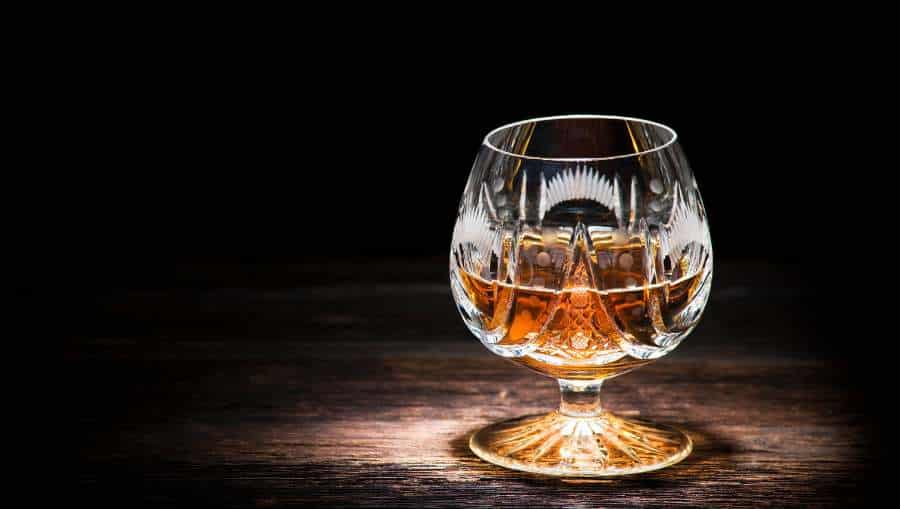
Ararat brandy, stylized as "ArArAt", is an Armenian brandy with a rich heritage dating back to 1887. The brandy, also called Kanyak or Konyak, is distilled from white grapes and pure spring water, and commonly ages between 3 to 6 years in wooden barrels. The more expensive products even age for 10 to 30 years.
The majority of Ararat brandy sold outside Armenia has an alcohol content of 40%. Overall, the amount of alcohol in Ararat ranges between 35% and 60%.
It has a rich, fruity, sweet aroma of plums, honey, nuts, blackcurrants, and peaches. Depending on the product, the flavors can be quite complex and include notes of coffee, caramel, toffee, and other fruity flavors.
2. Armagnac
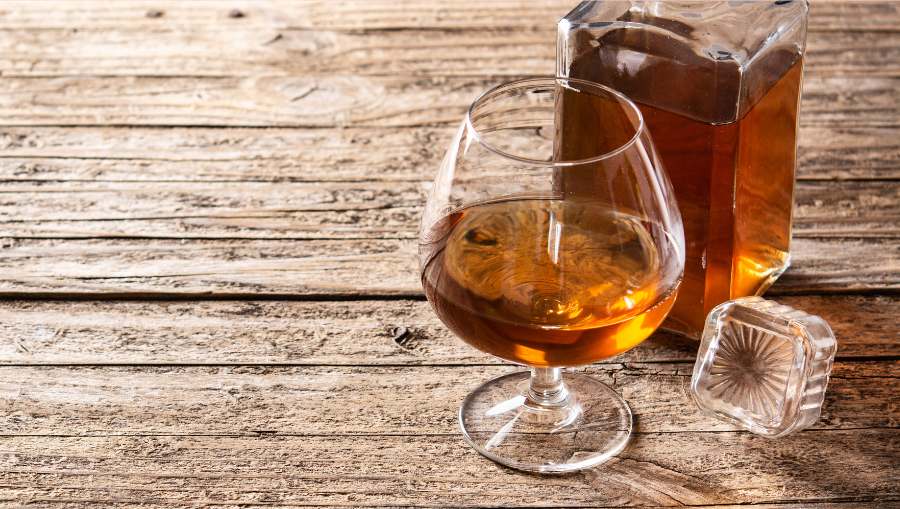
Armagnac brandy is a traditional and well-known Brandy made of grape wine in the Armagnac region located in Gascony, southwestern France. It's a famous French brandy and one of the top-shelf products in the category, as it ages for a minimum of ten years.
You can produce Armagnac from one or more of the ten grape varieties that are authorized for use in the production of Armagnac. The most common ones are Baco blanc, Colombard, Folle Blanche, and Ugni blanc.
The distiller uses column stills to produce Armagnac stored in oak barrels after distillation to develop its complex flavor profile. The whole production process is strictly regulated by both the Institut national de l'origine et de la qualité (INAO) and the Bureau National Interprofessionel de l'Armagnac (BNIA).
Armagnac tends to have a strong alcohol content and typically ranges between 52-60%. The high alcohol content and complex flavor in this brandy are best enjoyed neat or in a Brandy version of an Old Fashioned.
3. Brandewijn (Dutch Brandy or Dutch Cognac)
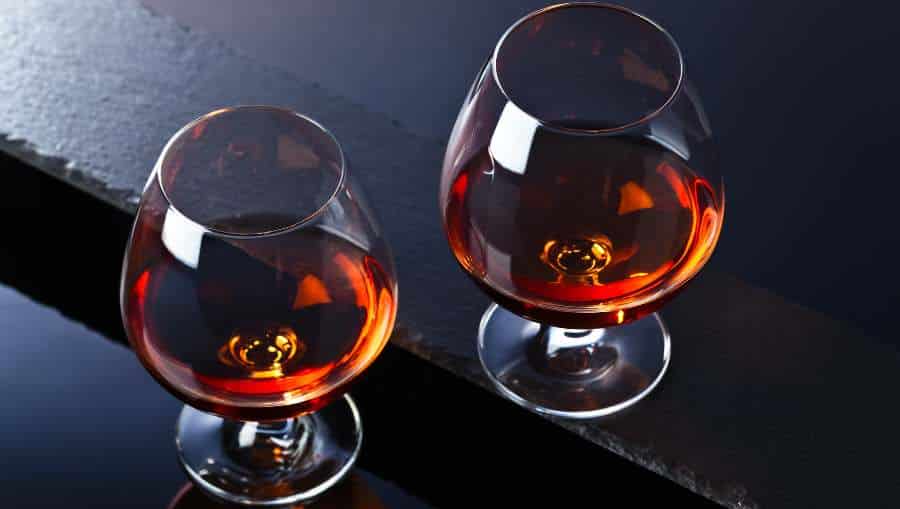
Dutch brandy, often called vieux, is a distilled spirit from the Netherlands. A Dutch brandy is made from grain or molasses alcohol, flavored with various essences like vanilla, oak, and prune extract.
In the past, it was also known as "Dutch Cognac" until the term "Cognac" was legally restricted to use only for brandy produced in the Cognac region of France.
Dutch Brandy has a sweet, smooth, and warm taste with a minimum of 35% alcohol. The aromas and flavors heavily depend on the essences added to the base spirit.
4. Brandy de Jerez
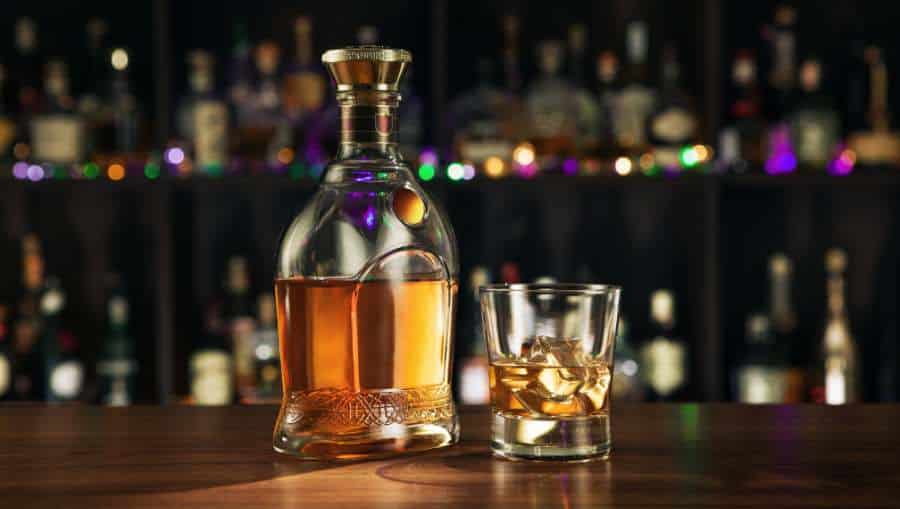
Brandy de Jerez is a Spanish type of brandy based on grapes. The Spanish brandy is produced in the Jerez area in Andalusia Southwestern Spain. It can be distilled all over Spain, but it has to age in Sherry casks stored in Jerez.
While aging, the distiller uses the solera process for blending the brandy. Hence, there are three different categories:
- Solera: Aged for 6 months.
- Solera Reserva: Aged for 1 year.
- Solera Gran Reserva: Aged for 3 years.
It has a sweet aroma with hints of toffee, caramel, grilled peach, and vanilla. On the palate, more fruity notes of orange peel and orange blossom shine through with oaky flavors and more vanilla in the background. It's best served on the rocks but also pairs well with mixers like tonic water, fruit juices, or ginger ale.
5. Calvados

Calvados is a French apple brandy from Normandy. This high-end spirit is distilled from selected apples and ages in oak barrels.
To produce Calvados, the distiller uses an apple cider as the base. This cider is made exclusively from specially grown and selected apples. One cider can contain as many as 100 hundred different apple varieties. The resulting brandy has a minimum alcohol content of 40%.
The first known record of Norman Calvados distillation was in 1553, with a guild for cider distillation established in 1606.
The intense notes of apple and wood in this spirit are excellent for creating riffs on classic Brandy cocktails. A beautiful example of a cocktail made with Calvados is the Angel Face.
6. Cognac
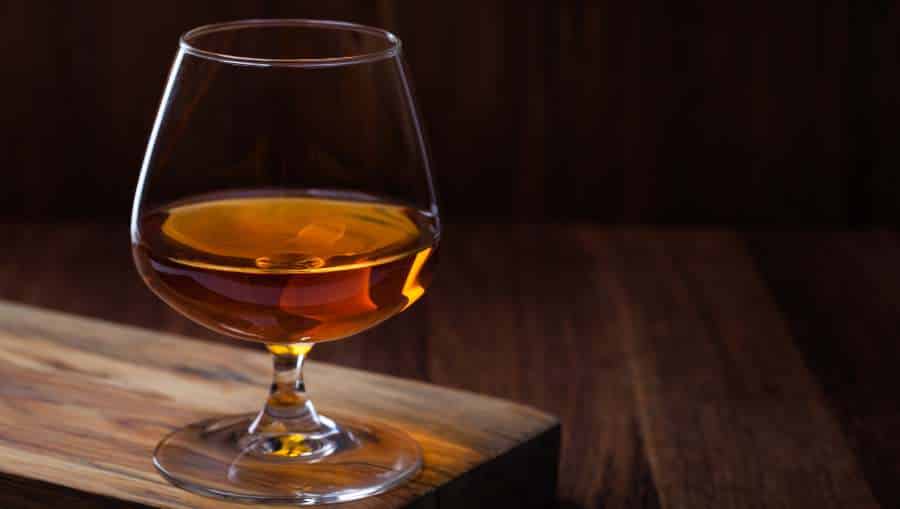
Cognac, probably the most famous French Brandy, is based on grapes. It is harvested and produced in the Cognac region, north of Bordeaux in Western France. The full-bodied spirit is an excellent base for Cognac cocktails like the Sidecar, but it's also great for simple brandy drinks made with only a mixer, some of which you can find at the end of this article.
The production process of Cognac is strictly regulated. The brandy is double distilled using copper pot stills and can only be made from selected grape varieties. To be a true cru, the base must contain at least 90% of Ugni blanc grapes.
Depending on age, Cognac is classified into several categories regulated by the Bureau National Interprofessionnel du Cognac (BNIC):
- V.S. - VS stands for "Very Special" and is also known as "three stars." It's a blended Cognac, where the youngest brandy has ages for at least two years in French oak barrels.
- V.S.O.P. - The "Very Superior Old Pale" (VSOP) grade of Cognac is also called "Reserve." This type represents a blend in which the youngest brandy matures for at least four years.
- Napoléon - The youngest brand in this blend matures for at least six years.
- X.O. - The "Extra Old" (XO) category is a blend where the youngest Cognac is aged 10 years.
- XXO - The "Extra Extra Old" is a Cognac of at least 14 years.
- Hors d'âge - In English "Beyond Age". This category is theoretically the same as X.O., but Cognac producers often use it to market super-exclusive products beyond the official scale.
Usually, Cognac is produced by established and respected brands. Remy Martin, Courvoisier, and Hennessy are just a few of them. But there are also more recent celebrity expressions like Branson Cognac.
7. Cyprus Brandy
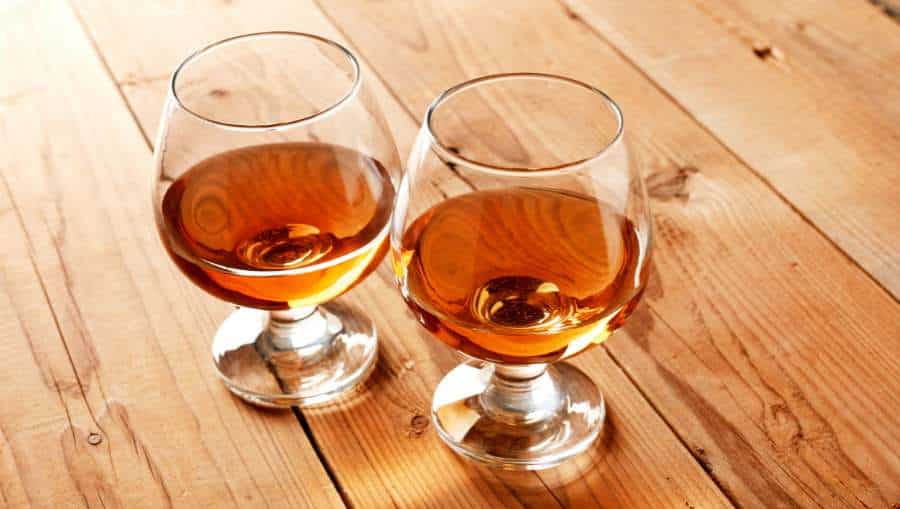
The distillation of Cyprus brandy began in 1871 when a Cypriot distiller imported a copper pot still from the French Cognac region. Cyprus is a small island in the Mediterranean, just off the southern coast of Turkey.
The Cypriot liquor is produced via a double-distillation of xynisteri grapes, a white grape variety growing in Cyprus.
The type of brandy is popular among locals due to its approachable alcohol content of only 32%. Only a few products contain more alcohol and range around 40%. The light taste with sweet and fruity flavors makes it an excellent base in a Brandy Sour cocktail.
8. Divin

The Moldovian version of Cognac. Divin was promoted as Cognac as such until the term "Cognac" was strictly regulated and could only be produced in the French region of Cognac.
The brandy uses classic Cognac production methods: a double-distillation process following aging in wooden barrels. The grades of Divin equal the typical age grades that also apply to Cognac: VS, VSOP, XO, and XXO.
Divin typically contains 40% alcohol and a distinctively sweet aroma and taste. The flavor profile often includes fruits like dried plum and peaches, but also notes of coffee, caramel, toffee, and tobacco.
9. Eau-de-vie

Eau-de-Vie literally means "water of life." These French brandies are colorless and unaged and made of different fruits like pears, raspberries, apricots, peaches, apples, and cherries.
Even though you make Eau de Vie from fruits, the fruity flavors are far less pronounced than in Calvados, Applejack, or Obstler.
The alcohol content of Eau de Vie typically ranges between 40% and 45%. It's typically served neat but also pairs well with mixers.
10. Grappa

Grappa is a famous brandy made of grape pomace. This pomace brandy from Italy is made of leftovers from the wine production processes like grape skin, seeds, and stems.
Instead of throwing these leftovers away, distillers process the pomace and use it to distill Grappa. Grappa is often unaged but can also age in wooden barrels for a more complex flavor profile.
Grappa is a world-famous brandy best enjoyed as a digestif, but it also works great with other ingredients in a cocktail. If you want to try it in a cocktail, the Ve.n.to is a beautiful option.
The alcohol content of Grappa ranges from 35% to 60%, yet the majority of products contain around 40% of alcohol.
11. Kirschwasser

Kirschwasser (or Kirsch brandy) is a transparent, distilled spirit from Germany with a distinct cherry taste. The clear liquor is traditionally produced in the Black Forest region and is a cherry brandy with an alcohol content of 40% or more.
The base ingredient in Kirschwasser is fermented fruit juice, produced by pressing black Morello cherries. After distillation, the spirit is bottled immediately.
In Germany, Kirschwasser is commonly served as a digestif after a meal or used as an ingredient in the world-famous Black Forest cake. You can also use it in cocktails or as a substitute for cherry liqueurs like Heering.
12. Metaxa (Greek Brandy)
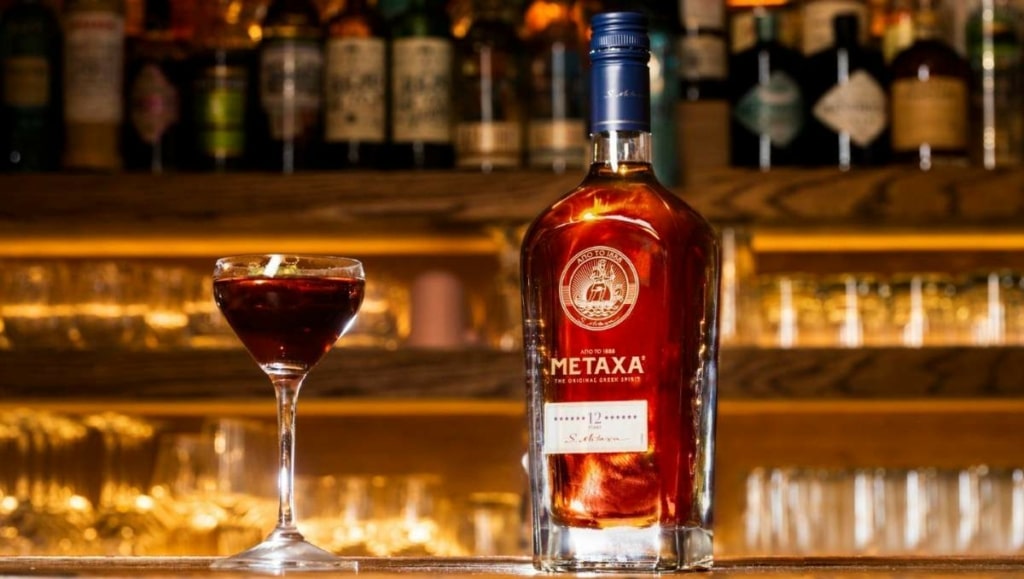
Metaxa is a distinctive Greek spirit. Although often called brandy. Technically, Metaxa is a brandy-based flavored spirit founded in 18888 by Spyros Metaxas, a tavern owner.
His desire for a smooth and exportable spirit led to its creation, named after the Greek word for silk, "metaxi." The Greek spirit combines brandy, sweet wine from Samos Island, and Mediterranean botanicals.
With origins in Spain, Italy, and Greece, Metaxa is produced in column stills from various grape varieties. After a year of oak cask aging, the brandy is blended with Samos wine and herbal extracts, aged for additional years, and bottled at 40% to 46% ABV.
The Metaxa lineup includes 5 Star, 7 Star, 12 Star, and Private Reserve expressions, each offering a unique flavor, perfect for sipping or cocktails.
13. Obstler
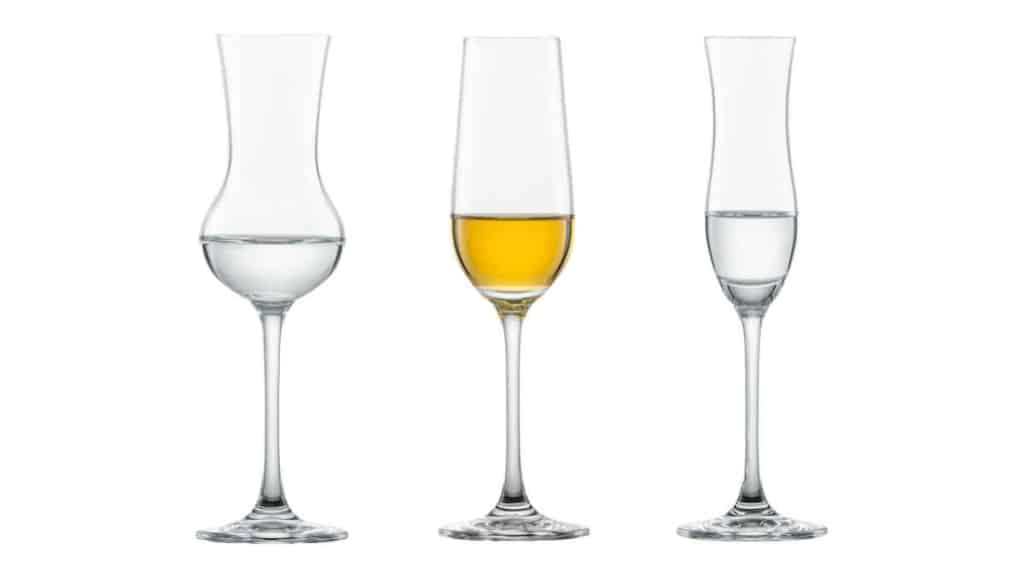
Obstler is a distilled spirit distilled from various fruits like plums, pears, apricots, apples, cherries, and peaches. These fruit brandies are commonly produced in Austria, Germany, and Switzerland and are also known as Obstbrand.
To produce Obstler, distillers use a fruit mash from fresh plums, pears, apricots, or other fruits. This mash is then fermented and distilled.
Obstler is an unaged type of brandy that contains between 35% and 45% alcohol, and is typically served as a digestif or in a Herrengedeck, the German version of a Boilermaker.
14. Peach Brandy
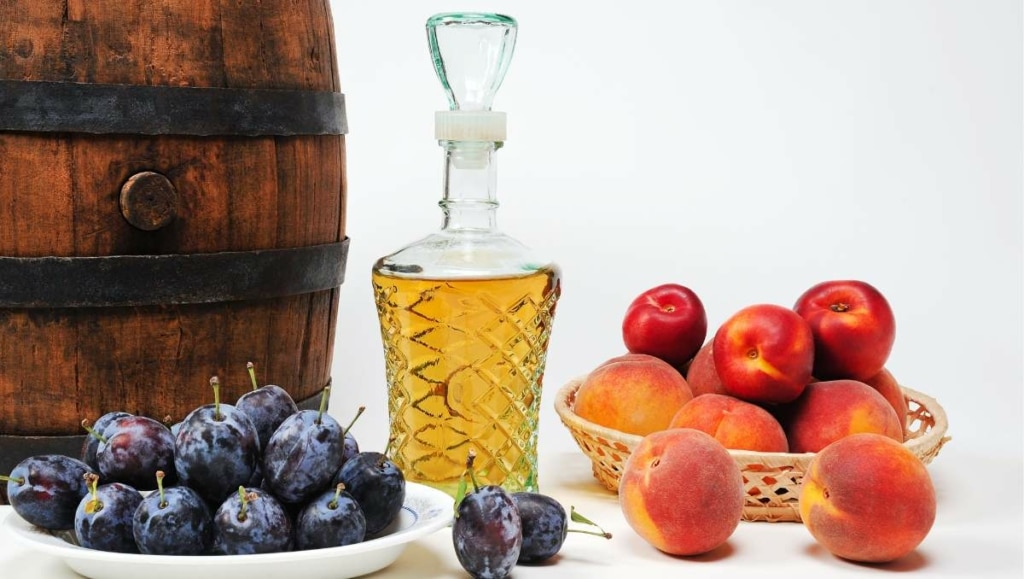
Peach brandy, a delightful variation of the classic brandy, is either made solely from peaches or a blend of peaches and grapes that are fermented and distilled.
Today, commercial peach brandies may include peach flavor added post-aging, while a few distillers meticulously create it from peaches. Some homemade recipes call for a mixture of peaches, water, sugar, lemons, and yeast, left to ferment over several weeks, yielding a peachy delight. Sweetened versions like peach schnapps are not brandies but brandy-based liqueurs as the alcohol content is too low.
Peach brandy enthusiasts often savor its sweet, full-bodied flavor, making it a favored choice, especially as a dessert drink.
15. Pisco
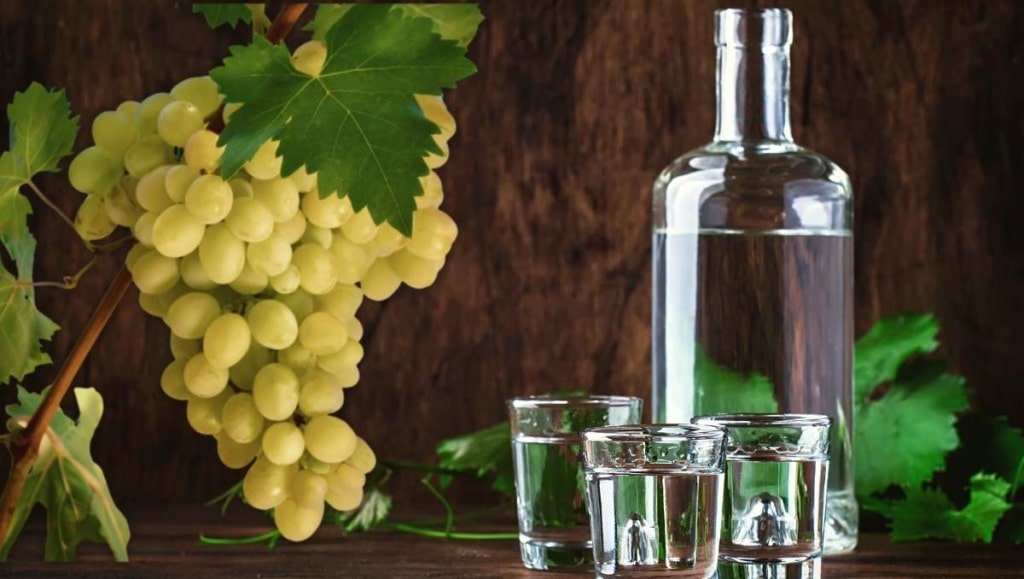
Yes, Pisco, too, is a type of Brandy. The famous Latin American spirit, native to Peru and Chile, is the main ingredient in many Pisco cocktails like the world-famous Pisco Sour. Pisco comes in three different types:
- Pisco Puro: Puro Pisco is made from a single variety.
- Pisco Acholado: Made from a blend of non-aromatic grapes.
- Pisco Mosto Verde: This type is distilled when the wine is still sweet before fermentation has finished.
The alcohol content of Pisco must be between 38% and 48% (76 to 96 proof).
16. Rakia

Rakia is a potent fruit brandy from the Balkan region, with Serbia at its heart. It's a double-distilled fruit brandy with an alcohol content typically between 40 and 50 percent.
Unlike raki, Grappa, or other brandies, rakia is created from regional fruits, like plums in Serbia. The fruit is fermented, double-distilled in copper stills, and often aged in Serbian oak barrels for added depth and flavor.
There's a whole artisanal rakia movement in Serbia, with over 800 registered Rakia distilleries.
Rakia is best when sipped neat, often as an aperitif to savor its rich fruit and oak notes. But the gem from Balkan is also an excellent base in cocktail recipes.
17. Stravecchio

Stravecchio is a type of brandy from Italy that has been produced since the 1700s. Originating from Northern Italy, the grapes used in this brandy are popular for winemaking, like the Sangiovese and Grignolino varieties.
With its delightful amber hue, the brandy offers a captivating aroma of dried fruits, apricots, and dates. On the palate, Stravecchio shows hints of sweetness, herbs, and vanilla.
At 38% alcohol, Stravecchio is a perfect companion for a cozy winter evening, making it a must-try during your visit to Milan.
18. Weinbrand (German Brandy)

Weinbrand, the German take on brandy, has a long tradition and is produced by several renowned brands. The most popular brands are Asbach Uralt and Chantré, available in almost every supermarket in Germany.
Weinbrand must contain at least 38% alcohol and have an official test number on the label.
Suitable mixers for Brandy
If you want to create a simple Brandy drink created with just a single mixer, here are some excellent options:
- Amaretto: The sweet Italian liqueur with the almondy taste works sensationally well with Cognac. Mixing the two also gets you the famous French Connection.
- Lemonade: Brandy and lemonade make for some excellent summer drinks. Unaged Brandy, like Pisco, works best here.
- Champagne: Picking up on the base of various brandies like Pisco, Grappa, and Brandy de Jerez, the combination with Champagne also works nicely.
- Cola: One of the most classic mixers out there. For some, the sugary soft drink works with almost everything. I'm not the biggest fan, but palates are different.
- Cocoa: Nothing can go wrong with a cup of hot chocolate and a good splash of Brandy.

